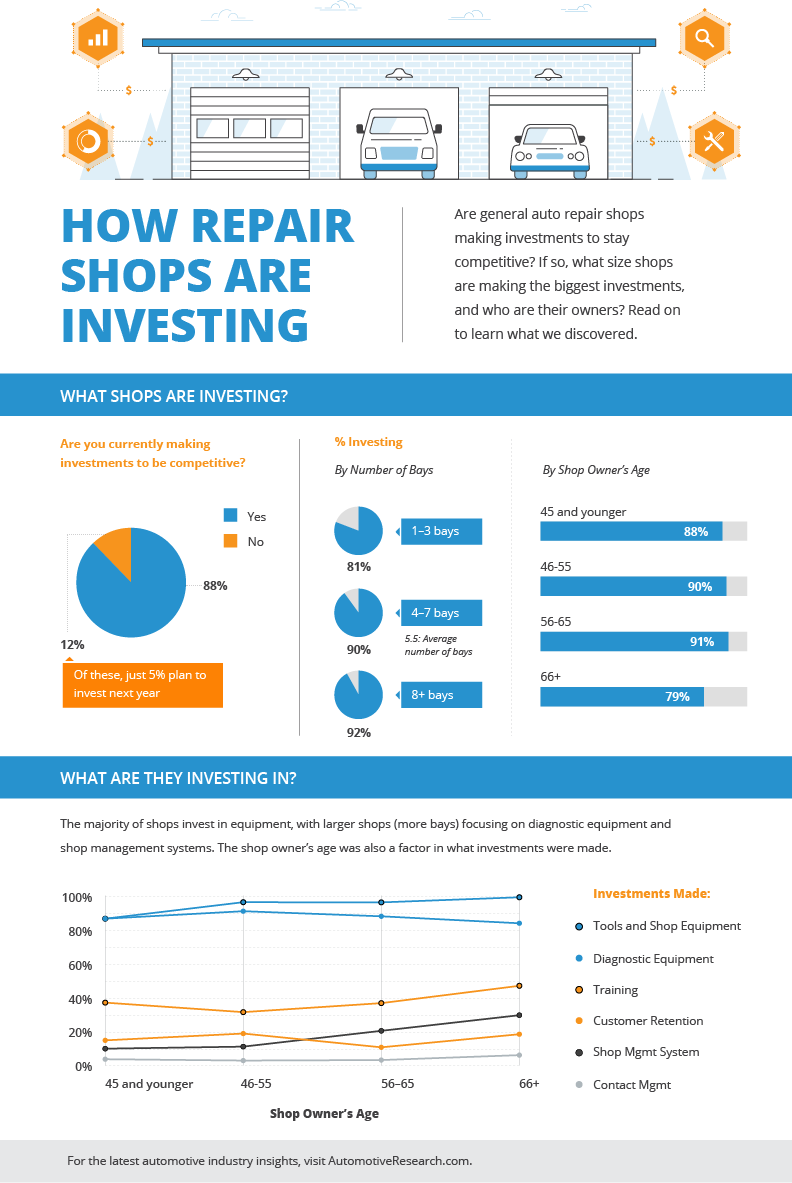Understanding The Significance Of Your Automobile'S Warning Signals: What They Really Represent
Understanding The Significance Of Your Automobile'S Warning Signals: What They Really Represent
Blog Article
Material Writer-Boye Corbett
When you're behind the wheel, those beautiful caution lights on your control panel can be a little bit difficult. Do you know what they're trying to inform you concerning your car's health? Recognizing the significance of these lights is important for your safety and security and the durability of your car. So, the next time among those lights appears, would not you want to understand its message accurately and take the required steps to resolve it?
Common Caution Lighting and Interpretations
Identify common caution lights in your auto and understand their meanings to make sure safe driving.
The most common warning lights include the check engine light, which indicates problems with the engine or discharges system. If this light begins, it's essential to have your lorry inspected promptly.
The oil pressure warning light suggests reduced oil stress, calling for instant focus to avoid engine damages.
A blinking battery light could suggest a damaged charging system, possibly leaving you stranded otherwise attended to.
The tire pressure surveillance system (TPMS) light notifies you to reduced tire pressure, influencing automobile stability and fuel efficiency. Disregarding this can result in hazardous driving conditions.
The abdominal muscle light indicates a trouble with the anti-lock stopping system, jeopardizing your ability to stop rapidly in emergency situations.
Lastly, the coolant temperature level advising light warns of engine getting too hot, which can lead to severe damage if not solved quickly.
Comprehending these usual warning lights will help you deal with issues quickly and preserve risk-free driving conditions.
Value of Prompt Interest
Recognizing the common warning lights in your automobile is only the very first step; the importance of promptly attending to these cautions can't be stressed enough to guarantee your security when driving.
When a caution light illuminates on your dashboard, it's your cars and truck's means of connecting a prospective issue that requires focus. Neglecting these warnings can lead to a lot more serious problems down the road, jeopardizing your safety and security and potentially costing you more out of commission.
Prompt attention to cautioning lights can avoid malfunctions and accidents. As an example, a flashing check engine light can show a misfire that, if left neglected, can cause damages to the catalytic converter. Addressing this promptly can save you from an expensive repair work.
In https://reidhdxtn.blazingblog.com/30281427/frequent-errors-in-automobile-explaining-and-approaches-to-stop-them , a brake system advising light could signal low brake liquid or worn brake pads, critical elements for your security when driving.
DIY Troubleshooting Tips
If you notice a warning light on your dashboard, there are a few DIY fixing tips you can attempt prior to looking for expert assistance.
The initial step is to consult your vehicle's handbook to recognize what the details caution light shows. Sometimes the issue can be as straightforward as a loose gas cap triggering the check engine light. Tightening the gas cap may fix the trouble.
An additional typical issue is a reduced battery, which can set off different alerting lights. Inspecting the battery connections for rust and ensuring they're protected might repair the problem.
If a warning light continues, you can try resetting it by separating the vehicle's battery for a couple of mins and after that reconnecting it. In https://www.prnewswire.com/news-releases/napa-auto-parts-boldly-looks-to-the-future-with-marketing-team-hires-and-new-agency-partners-301474530.html , examining your lorry's fluid degrees, such as oil, coolant, and brake liquid, can assist repair cautioning lights associated with these systems.
Verdict
In conclusion, recognizing your cars and truck's caution lights is essential for maintaining your vehicle running efficiently and safely. By quickly attending to these signals and recognizing what they mean, you can stay clear of costly repair work and potential breakdowns.
Remember to consult your cars and truck's handbook for specific details on each cautioning light and act accordingly to guarantee a trouble-free driving experience.
Stay educated, remain car wash and wax when traveling!
